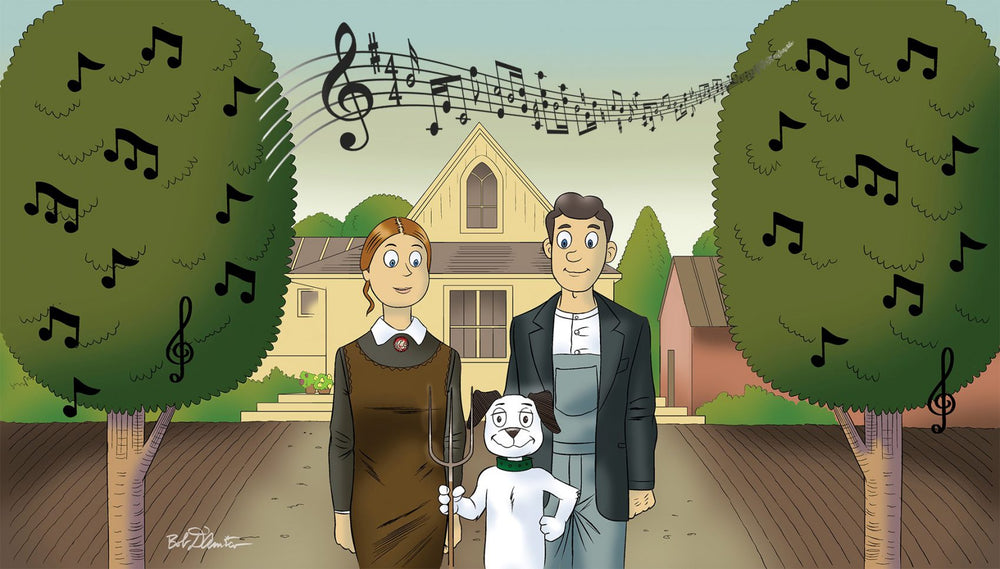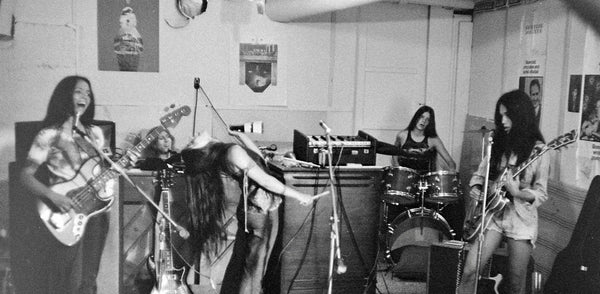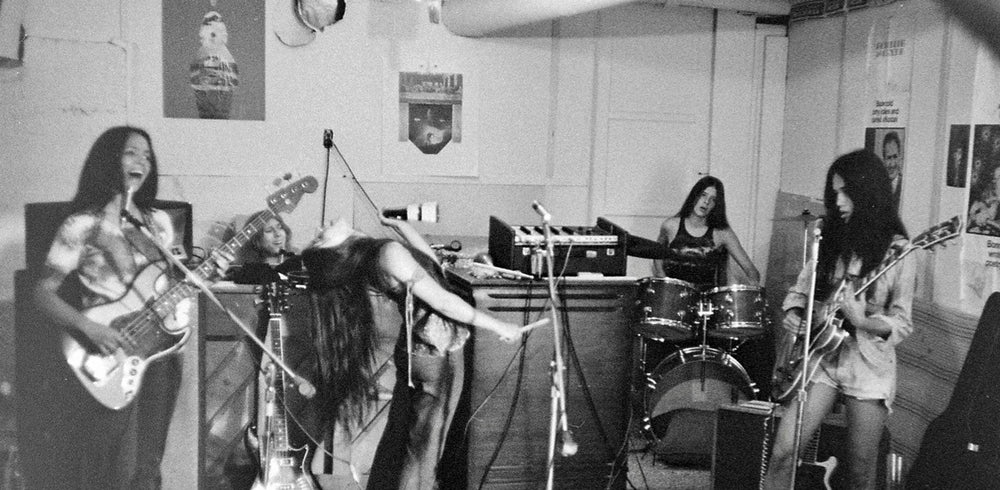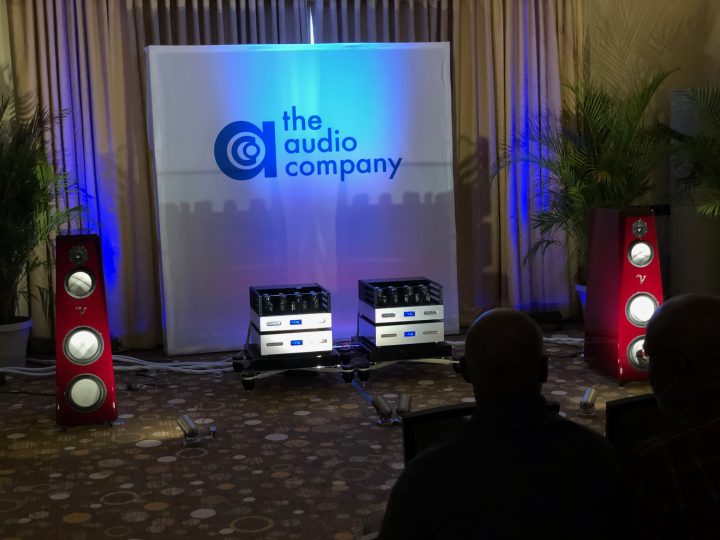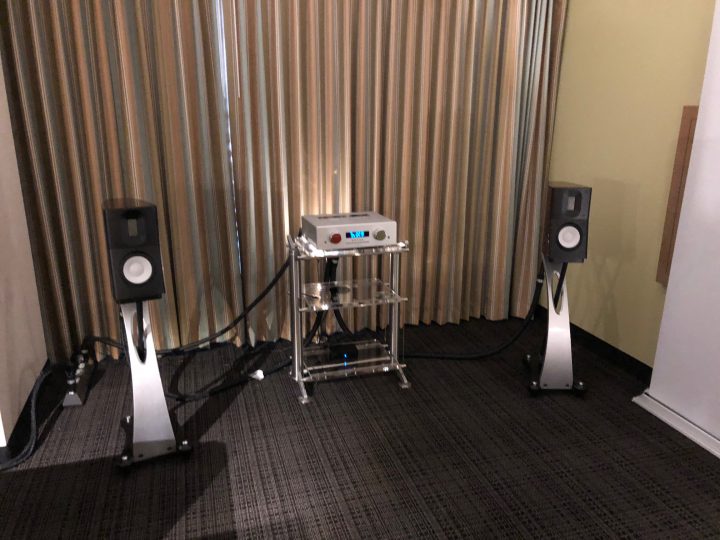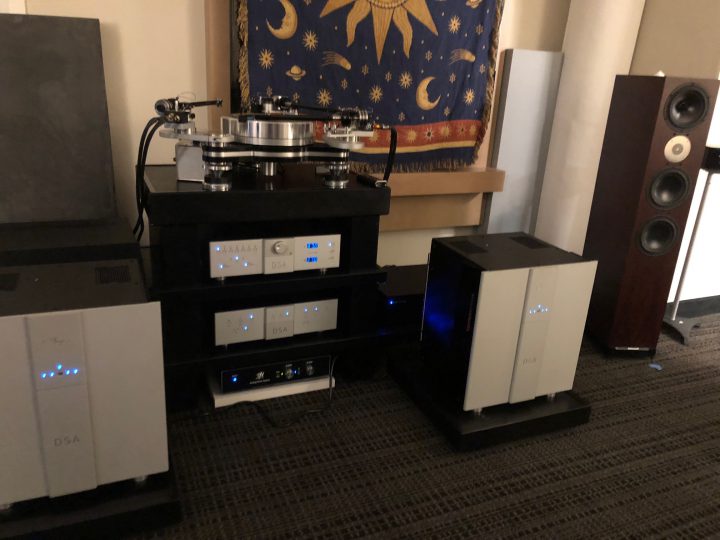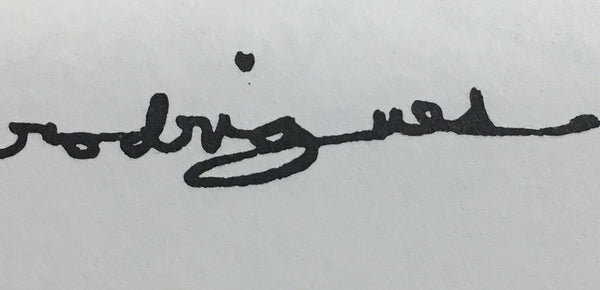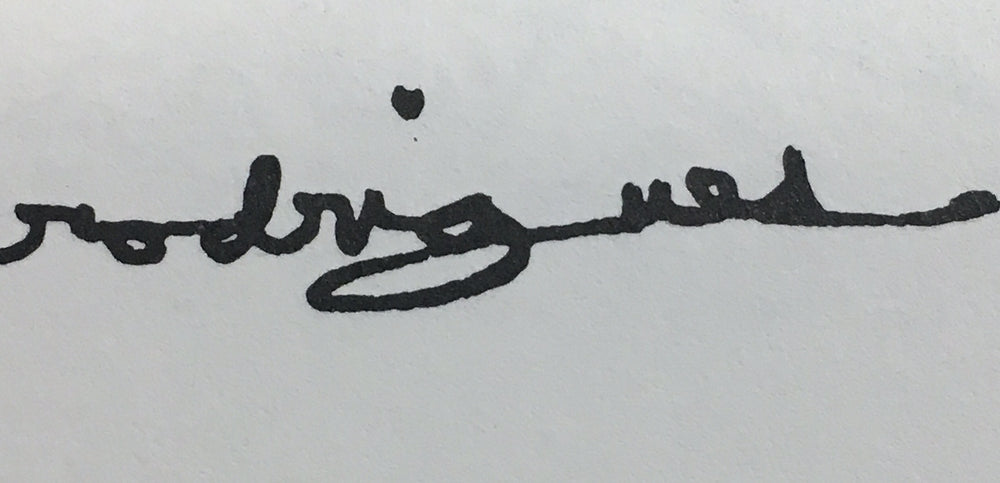Before the Runaways, before the Go-Go’s, before the Bangles – there was Fanny. David Bowie was quoted in a 1999 Rolling Stone interview about Fanny: “They’re as important as anyone who’s ever been, ever.” Fanny was led by the sisters June and Jean Millington, on guitar and bass, respectively. They defied gender stereotypes with sophisticated musical virtuosity, great songwriting, passionate singing, and a ferocious, kick ass, no-holds-barred attitude on stage.
After four Fanny albums, June Millington left the band and became a leading producer and artist in the Women’s Music genre, working with Holly Near, Cris Williamson, and other notables. She also founded the Institute for Musical Arts in Goshen, MA. A nonprofit organization dedicated to teaching professional performance and recording techniques to young girls and teens interested in music, IMA also houses a full-fledged recording studio.
June, Jean, and Jean’s son Lee Madeloni recorded Play Like a Girl several years ago, which signaled the Millington sisters’ return to original rock music. Their latest release hearkens back to their roots with Brie Darling (nee Brandt), who played drums with them as teens in The Svelts, and who sang with and played drums with Fanny for one album, a hit single, (Jean’s, “Butter Boy” – about David Bowie) and a later tour. The album is Fanny Walked the Earth, and features some surprising guest appearances that pay tribute to Fanny’s legacy as well as sets the stage for new future music.
June graciously took the time to share some of her unique producing and performing insights and experiences for Copper.
J.S.: Popular music has had a number of noteworthy sibling band partnerships: Brian, Dennis, and Carl Wilson in The Beach Boys, Eddie and Alex Van Halen, Gregg and Duane Allman, Ray and Dave Davies of the Kinks, Angus and Malcolm Young in AC/DC, Maurice and Verdine White in Earth, Wind & Fire, Noel and Liam Gallagher of Oasis, and most recently, Caleb, Jared, Nathan, and Matthew Followill of Kings of Leon. What do you think are the elements of a sibling musical partnership that differs from others? As you and Jean Millington Adamian have been playing together since the beginning, back when you both still lived in the Philippines, which one from the list do you think resembles your relationship, or is there one unlisted that is a more accurate comparison?
J.M.: I have to acquaint myself with the full list of siblings you noted, but my guess is the fact that we were girls, and then women growing up together, would be a different experience from the boys’. Music not only opened us up to the world, in a way it shielded us. We felt special, and could now more or less jump over the moat of (mostly) racism that was already evident and was erected by society to keep us in an inferior mode. We didn’t know why, but we could sure feel it. Heck, when we did pop music off the radio, we were invincible. It was a great shield, all the way from America!
As girls, we huddled in front of the radio (transistor! brand-new technology!) in Manila and found great solace in learning songs together, feeling the thrill as music goes through you – not to mention the healing qualities intrinsic in doing music – and we got applause from members of the family. They always asked us to play after dinners, at the beach, and at other gatherings, and got such a kick out of our singing and playing (perfectly) songs like “Island in the Sun” and “Yellow Bird.” It was a fantastic feeling!
As we got older, started a band, and eventually moved into the Fanny realm, we created our own, shall we say, holographic frame that we stepped into. It was hard work, but it was definitely a type of freedom. Later, we had to learn to step out of that frame and become human beings – with no hype, etc. – and that was hard work, as well.
It’s hard for me to believe that boys have as hard a time pushing their way forward; bravado is expected of them and girls generally are required to hang back. There are still prejudices against women and girls playing in the genre of rock and roll – that stance is, to many people, still in the male domain. So we definitely had to deal with that stereotype. Actually, I hated being forced to challenge the guys, and so many of them felt and accepted that as a position, resenting us along the way. (The better players, like Skunk Baxter, Lowell George, Steve Love, Johnny Winter, Jeff Beck, Terry Kath, and John Hall, never felt that way – a relief, believe me.) We just wanted to do music, make some friends, and have a good time!

Jean (Left) and June (Right) Millington. Photo-composite created by Patti Millington; photo on left by Bob Riegler and on right, by Ann Hackler.
J.S.: Your release of Fanny Walked the Earth not only comes full circle for you, Jean, and Fanny after nearly 50 years, but officially reunites you with Brie Darling, who was your drummer back in your 1960s high school band, The Svelts, and for a Fanny tour in the mid-1970s. So you three were not only a pioneering all female rock band, but an all female Asian-American/Filipina rock band! Were you all thinking, even in the back of your minds, about your place in history as you were writing and producing the new songs, or was this an afterthought realization, and did that perspective have a bearing on your artistic decisions?
[June Millington notes: Brie Howard Darling was in the band from summer ’66 to beginning of summer ’67. She quit and rejoined off-and-on after getting married, and played with us even while pregnant, quite a feat! That was late ’67/into ’68, and then she had the baby and we re-teamed up with Alice (de Buhr) and Addie (Clement) as Wild Honey; that ending up being the band that got the record deal with Richard (Perry) and Reprise. The Fanny tour we played on to back “Butter Boy” was late Spring into summer 1975.].

June Millington (Right) with the Svelts. Photographer unknown.
J.M.: Fanny Walked the Earth was a fluke in that there was a tribute concert for me in early 2016 in Northampton – the area where I live and work with IMA – and many musicians were involved. Jean and Brie came out to be part of it, and as we rehearsed we realized it felt so good, like we were 17 again! Realizing we were all 3 Filipina-American was not a thing for us when we were teenagers; there was no space for that. We had to prove we could play like guys, and that was it. Fortunately, we so enjoyed doing the music, so liberating!
When we realized we would love to play together more, then we self-recognized the package: older women who could totally slam (with a track record), and Asian-American at that. We realized how proud we were, moreover, to be Filipina-American, and wanted to bring that into the public’s consciousness. We realized that would be a big statement, and wanted to be a part of that societal force. Our material was not influenced by that, however – we wrote whatever we wanted, and let it all go. Like we did when we were in our teens and early-20s!
J.S.: When you and I spoke in the past, you mentioned some of the Filipino music influence creeping into a few of your rhythms and phrasing choices, like playing faux gamelan sounds on guitar for songs from your solo record, Heartsong, in particular, the song “Coconut Mentality”. Apart from your record with Jean, Ticket to Wonderful, which had some Hawaiian music coloring, is this something you may return to again, especially now that you have a Filipina band? Does Brie have similar roots as you and Jean in Filipino culture, and might this emerge in lyrics of future songs, if not overtly in the music for a future follow up Fanny Walked the Earth record?
J.M.: Brie’s mother is Filipina and dad is Anglo-American, exactly like me and Jean, but she did not grow up in the Philippines. So, we did have parallel experiences growing up (again, think racism), but not exactly the same. There’s nothing like eating the food, hearing the language, understanding the cultural norms…a lot of them non-verbal. As far as writing songs with lyrics/music reflecting the Filipino/Asian-American experience, it’s possible but I can’t really say. That’s a good idea on the face of it! But given Jean’s stroke, which just happened this last January (2018), doing a follow-up album is seriously on hold. I’m continuing with turning my autobiography, Land of a Thousand Bridges, into an audiobook here at IMA, and writing Book II, which starts in 1975 when rock ‘n roll overlapped with feminism, a most critical time. Then came disco, and AIDS, my producing albums, co-founding IMA, working and recording again with Jean…it’s a big piece, to which I’m devoting a bulk of my time. I’m booked for the rest of my life!
Asia magazine, 1972; photographer unknown.
J.S.: You had some interesting guest appearances from members of the Go-Gos, Runaways, and the Bangles, as well as from Patti Quatro, who also played in Fanny during the 1970s. You have mentioned in other interviews that the guest appearances were mostly due to Brie’s invitations. Pairing veterans with younger guest stars seems to be a common marketing trend across music genres, from blues (John Lee Hooker, B.B. King), classic rock (Santana, America, Billy Gibbons), country (Roy Orbison, Loretta Lynn), R&B (Isley Brothers), and Hip Hop (LL Cool J), being just a few examples. Are you very cognizant of your musical legacy, and are there any other artists whom you would welcome in the future for guest appearances on your recordings?
J.M.: That’s a good question, but as of yet I don’t think that way because I never have the budget for it. Were I to daydream about pairing with other guest artists, I think I’d start with Bonnie Raitt – that’s a natural. Then Skunk Baxter, and I would definitely dream of doing some music with Ruby Ibarra.
J.S.: In addition to a love of harmonies and a very specific vision and disciplined pre-production work ethic when in the studio, you and Brian Wilson are also both deaf in one ear from an early age, yet have produced wonderful records. In June Millington’s case, how do you approach mixing? Do you go for a good mono balance first, then tell an engineer where you want stereo placement and get feedback from trusted colleagues, or is there another methodology that you use?
J.M.: I can hear conceptual stereo, in that I know where things are placed. I also have intuitive hearing in my left ear, but it’s also important to know that changes in the stereo field presents to me as changes in volume. I’m very aware of that and, armed with knowledge from so many years in the studio, I am armed with that knowledge and use it to the utmost. I’m alert to nuances, and to pitch (read, pitch anomalies), and have the type of brain wiring (no sound or equilibrium on one side) that allows me to edit mentally, arrange and re-arrange things in my head, and “see” music as a 3-dimensional field as represented by sound reproduction. In addition, I’m tuned in to the “colors” of chords and voicings. All that, along with knowledge of quite a bit of theory, allows me to get a lot done.
Most importantly, I work with an engineer whom I trust implicitly and let them go for it. Strictly speaking, that’s in the realm of pre-production. Choose who you want to work with, and make decisions. If he or she was also involved in the tracking and overdubs (my preference), I can wait quite a while before making suggestions. I enjoy that process, of trusting the person I’m working with, of being surprised by the talent, because good engineers always come up with something super-interesting. When they’re good, they’re colossal. [Good examples: Geoff Emerick, Leslie Ann Jones, John Cuniberti, Roma Baran, Leanne Ungar, Lee Madeloni].
J.S.: You stress the importance of pre-production when producing records, and yet you also love jam sessions and improvising. Now that you have your own professional recording studio at IMA, have you ever recorded anything in a stream of consciousness improvisational mindset and wound up keeping the tracks because the inspiration could never be replicated?
J.M.: The trick is to balance all of the above. If you hear some new, unexpected thing happening, tape it – try to incorporate it. You never know – there’s got to be a willingness to even check out the merest bit of improv, or going off the chart. The only issue is time: if you got the time, and the money, go for it! Especially in the digital realm, there’s always Save and Save As. That really gives you a lot of freedom, and compared to the days of tape, where it was sometimes difficult to find other takes, I’m shocked by how much. Of course, you sacrifice some in the sound quality (Right! Tape is deeper and warmer…) but it really is all in the balance. Make decisions and go for it.
As far as recording entirely in “stream of consciousness improvisational mindset” mode, I would say no, in my case. I like to have a plan, and charts. But that happens in overdubs, definitely. That’s where I find that type of freedom. But then, it’s set up that way. You gotta have good players to play simply, because that’s kinda more dangerous in terms of execution (and we all wanna show that we can play!), but it opens up all the spaces where other things can happen. I love that. But you gotta have your hands on the reins:))

Photo of June Millington by Desdemona Burgin.
J.S.: You have mentioned in other interviews about how the Women’s Music World was not used to drums and rock-and-roll when you started your involvement in the field after leaving Fanny. The energy of heavy rock seemed to be the antithesis of the quiet, emotional communication that the singer-songwriter genre tried to convey in the 1970s. I remember a concert you played with Cris Williamson at the Beacon Theater in NYC where you killed it with an amazing solo. I think the song was “When Anger Takes The Wheel”. Cris Williamson seemed to be almost apologetic that the band was rocking so hard with you stepping forward! Was this a big transition and leap for you musically? Did you have to develop a wider and different musical vocabulary and frame of reference in order to work with musicians in women’s music after spending so many years with Fanny on a major label?
J.M.: Yes, I indeed had to make many adjustments in working within the realm of women’s music, which began with Cris asking me to play on The Changer and the Changed in ’75. So much about it, I loved: the inclusiveness on a number of levels, the spiritual aspects, the friendships themselves ongoing for many years and many of them enduring. These are real connections.
But there were dissonances, too – like being asked to turn down (especially when I established myself as an artist/songwriter in that genre), which grew more frequent when Jean played with me later! The one that really had my head kinda spinning was when Cris let me play drums (she pretty much let me do anything I wanted, which was very cool), and some objected to my playing a “male” instrument. That was just an ill-informed prejudice, which I conveniently ignored.
But let’s not forget that I’ve written many ballads and quiet, more spiritually-inclined songs as well: “You’ve Got a Home”, “Keep Me Anymore”, “Rosarita”, “Calling Your Name (to the Stars)”, “All the Children”…songs that I hold close, and that continue to nourish me.
J.S.: Guitar Player magazine included you in an article about 50 of the most overlooked guitarists in music history and said you were so good you should have had the ‘female’ qualifier before `guitarist’ removed. Seeing the previous question from the other end of the telescope, there are women who are taking the technical skill level on guitar to unheard of heights that shred gender differences. Players like Kaki King, Vicki Genfan, and someone who reminds me a lot of you in terms of being an Asian-American guitar trailblazer – math rock whiz Yvette Young of Covet. Especially since you say you came to the blues later in your musical development, do you feel that the drive towards technical virtuosity and the ability to communicate emotionally through one’s instrument can be at odds? Can a successful blend between the two be made, and how have you tried to accomplish this?

Photo of June Millington by Toni Armstrong Jr.
J.M.: Technical virtuosity is something that always eluded me. I’m one of those (in any field) who came up from behind. I just kept working, driven by my passion and the fact that I recognized that music afforded me, in this life, the ultimate freedom. In my view, the only thing that could keep one from the ability to communicate emotionally via an instrument is that you chose the wrong one (or, misheard the “signals” coming from a variety of instruments, all of which I think have essential souls and sing to us, whether being played or not).
All instruments are ready to sing, to fly. Whether you are the key that fits into the lock is a combination of luck and, quite frankly, grit. The ability to keep going. I’m just lucky in that I instantly knew that the guitar was for me, and vice versa. So I was never gonna give up.
Yvette Young is a fascinating study and someone whose talent and output is impossible not to admire. I’m happy to be mentioned in the same sentence with her as a trailblazer.
[John Seetoo’s interview with June Millington will continue in Copper #80.
Header photograph is by Linda Wolf, and our thanks to her for its usage.-—Ed.]


